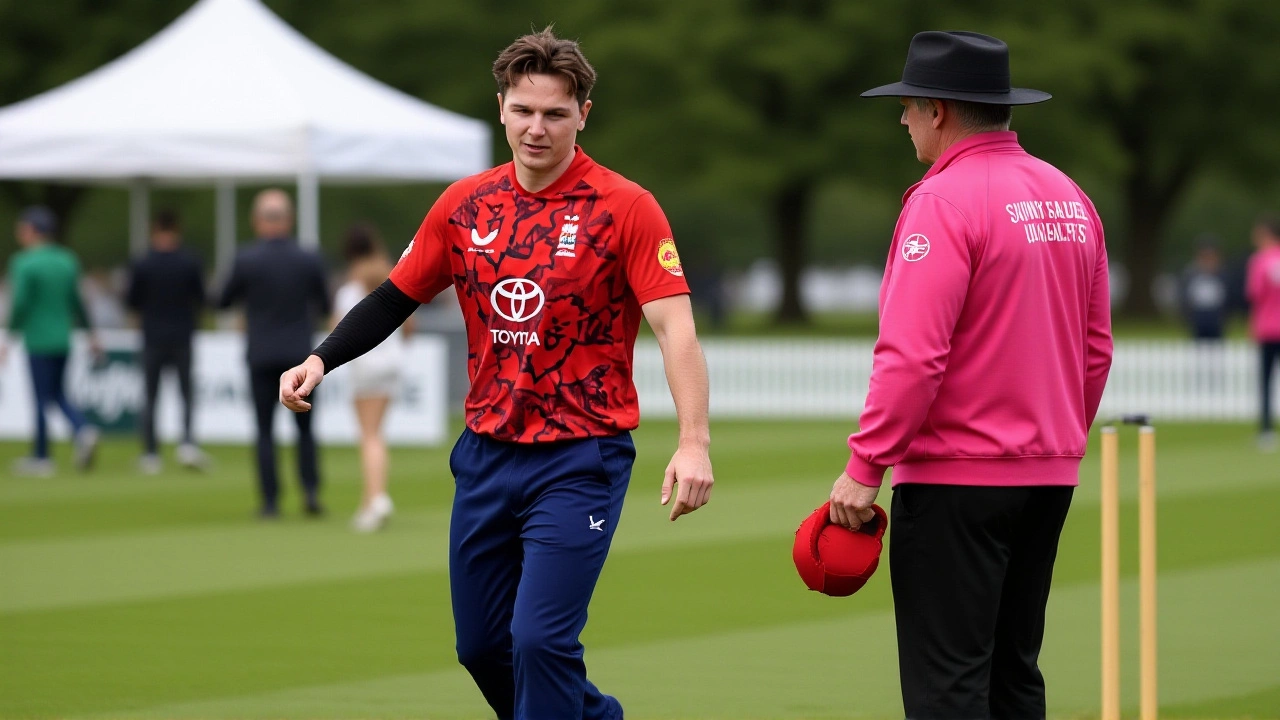England Cricket: History, Formats, and Current Highlights
When you think about England cricket, the national sport governed by the England and Wales Cricket Board, shaping the rules and spirit of modern cricket. Also known as English cricket, it has produced legends, iconic rivalries, and unforgettable moments that still echo in stadiums worldwide. Test cricket, the longest format, lasting up to five days, where skill and stamina are tested is the foundation of England’s cricket identity, while Twenty20, the fast‑paced, 20‑over format that exploded in popularity in the 2000s adds flair and commercial buzz.
One of the most intense connections in England cricket is The Ashes, a historic Test series against Australia that dates back to 1882. The rivalry fuels fan passion, drives player performance, and often decides funding and media coverage for the sport in England. Because of The Ashes, England cricket constantly strives to improve its bowling attack and batting depth, which in turn influences grassroots development and academy programs across the country.
Key Formats and How They Shape the Game
Beyond Tests and T20s, One Day International (ODI), the 50‑over format that balances endurance with aggressive scoring offers a middle ground. England’s success in ODIs, highlighted by the 2019 ICC World Cup win, showed that adapting strategies across formats is essential. Players now train to switch mindsets quickly: a Test‑style focus on technique, an ODI emphasis on pacing the innings, and a T20 drive for power hitting. This multi‑format approach has made England cricket a versatile unit on the global stage.
The evolution of formats also dictates equipment, coaching methods, and fan engagement. For instance, T20 leagues have pushed innovation in bat design and fielding drills, while Test cricket still values swing bowling and long‑form patience. These differences create a rich ecosystem where every match contributes to the overall health of England cricket.
From a commercial angle, England cricket benefits from broadcast rights, sponsorship deals, and merchandising that are tied to each format’s audience. The Ashes series alone generates billions in media revenue, feeding back into county cricket structures and youth academies. Meanwhile, T20 tournaments like the Hundred attract younger fans, ensuring the sport stays relevant in a digital age.
Another vital piece of the puzzle is player development. England cricket runs elite pathways such as the England and Wales Cricket Board’s (ECB) academy, the County Cricket system, and the England Lions (the ‘A’ team). These pipelines feed talent into the senior squads, ensuring that the nation maintains a deep pool of specialists for each format. Success in the Under‑19 World Cup and domestic leagues often predicts future stars for the senior team.
When you follow England cricket’s calendar, you’ll notice a rhythm: the County Championship fuels Test readiness, the Vitality Blast hones T20 instincts, and the limited‑overs series against teams like India or New Zealand sharpen ODI tactics. This cyclical schedule keeps players busy, fans engaged, and the sport’s economics robust.
Looking ahead, England cricket faces challenges and opportunities. Climate change is affecting pitch conditions, technology is reshaping decision‑making with DRS and AI analytics, and the rise of women’s cricket is bringing fresh talent and viewership. The ECB’s commitment to gender parity means that the women’s national team now shares resources and branding with the men’s side, expanding the overall cricket family.
All of these elements—historic rivalries, multi‑format expertise, commercial dynamics, and development pathways—combine to make England cricket a unique, evolving powerhouse. Below you’ll find a curated list of the latest stories, match analyses, and expert insights that dive deeper into each of these areas. Whether you’re a die‑hard fan, a casual observer, or someone looking to understand the sport’s impact in England, the articles ahead will give you the context you need to appreciate what’s happening on and off the field.
- Dustin Chamberlain
- 0
Sonny Baker Sets Unwanted England Bowling Records in T20I Debut
Sonny Baker's expensive debut spells in both T20I and ODI formats set unwanted England bowling records, prompting questions about his future and England's fast‑bowling depth.
Read more